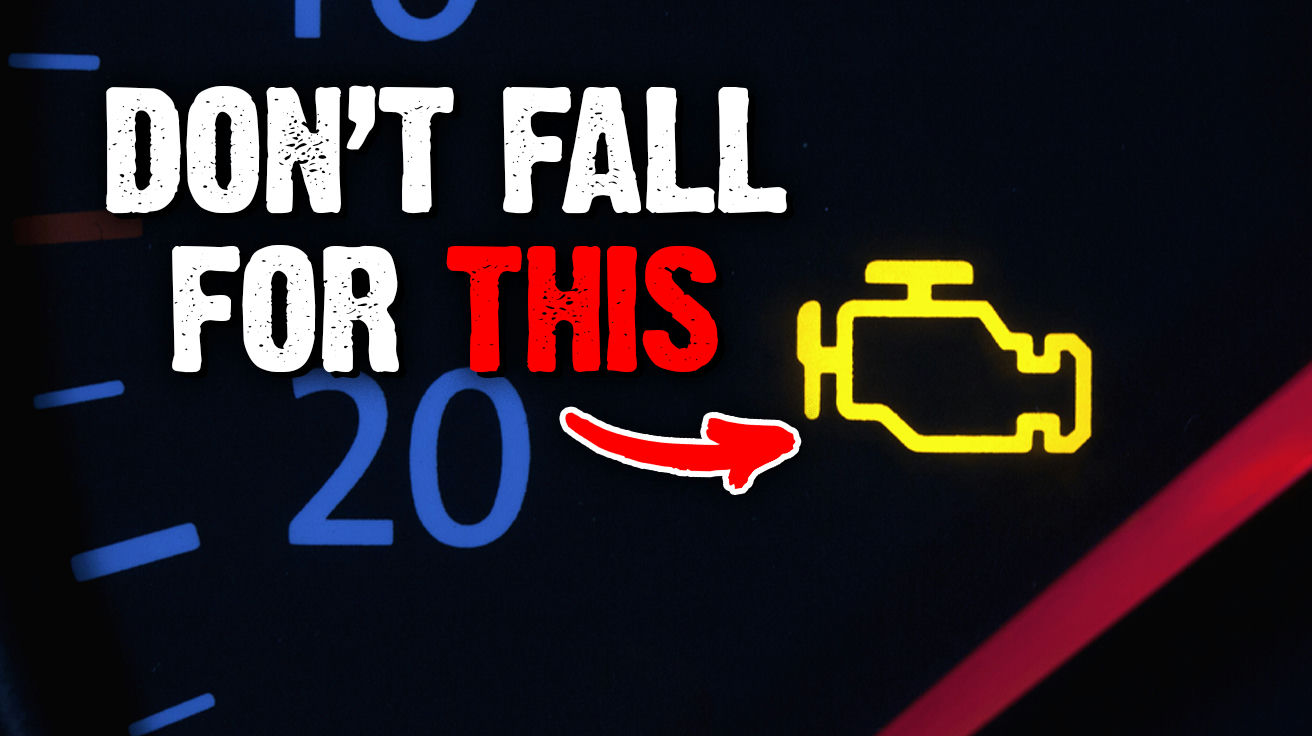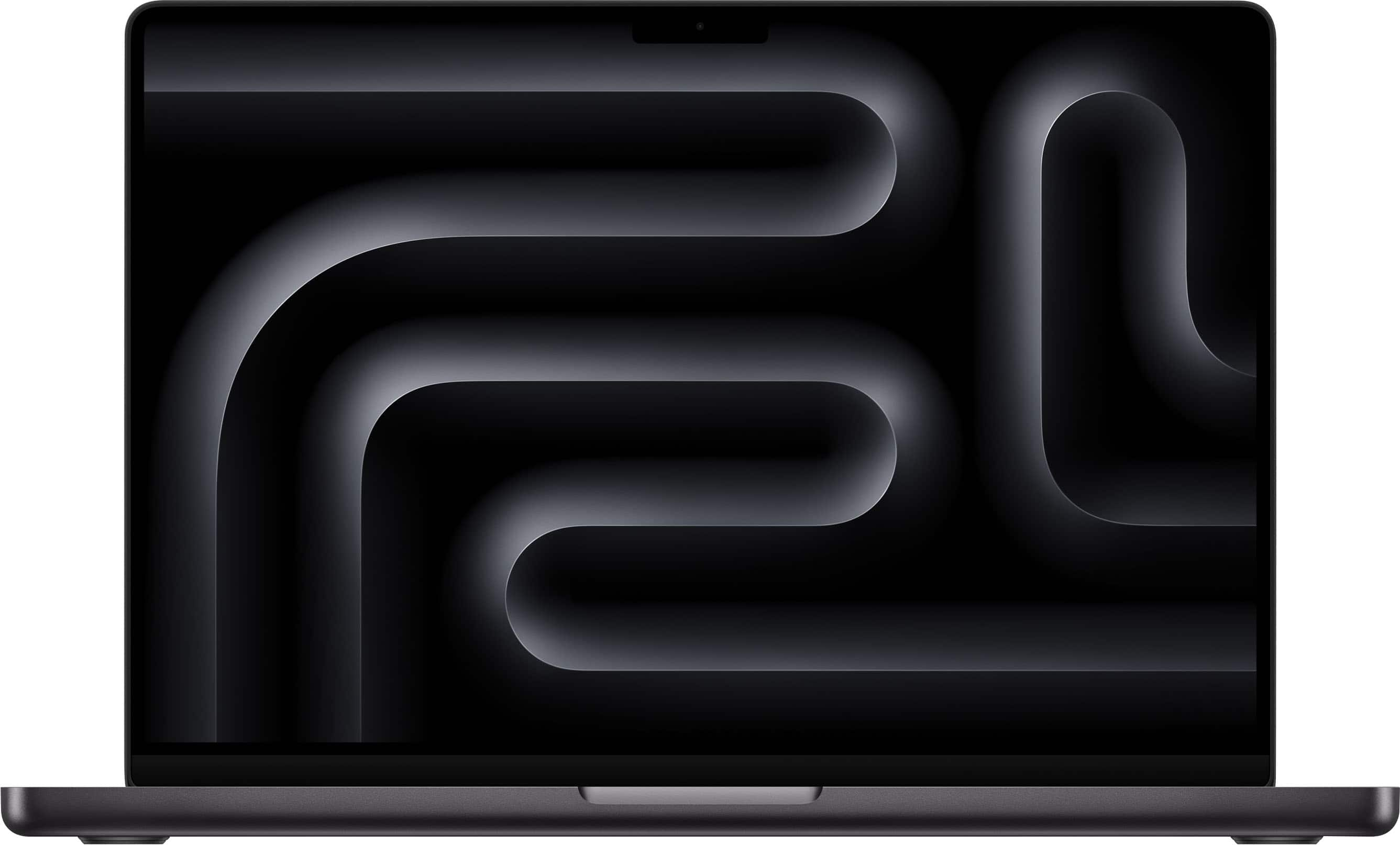Mechanics have a secret playbook designed to empty your bank account— no wonder dishonest auto repair shops steal billions annually from hardworking drivers. A staggering number of drivers harbor distrust toward repair shops, fueled by stories of overcharging and unnecessary services. Unscrupulous mechanics might suggest phantom repairs, bill for services never rendered, or use inferior parts. Bait-and-switch tactics and dishonest diagnostics also inflate bills.
Understanding these scams gives you the ultimate financial shield. Safeguard your wallet with knowledge that mechanics hope you’ll never discover.
22. The Urgent Fluid Flush: Premium Service or Unnecessary Expense?

Modern lubricants last significantly longer than many shops suggest, yet 60% of car owners pay for premature fluid services. Transmission fluid functions properly for 60,000+ miles in most vehicles, not every third oil change. These services generate substantial profit margins while potentially providing limited benefit when performed too early, similar to motorcycle mechanic scams.
Check your owner’s manual before approving fluid services. Most manufacturers recommend intervals between 50,000-100,000 miles—considerably longer than the 30,000 miles some shops push. Request to observe fluid extraction from your specific vehicle. Following manufacturer intervals rather than premature schedules saves hundreds annually while maintaining proper vehicle performance.
21. The Mystery Check Engine Light: Decoding Dashboard Warnings

That amber dashboard indicator creates immediate stress. However, the EPA confirms 10% of warning lights stem from simple issues like loose gas caps, and some repair facilities view these warnings as opportunities to recommend expensive diagnostics for basic problems.
Invest in an affordable OBD2 scanner that reveals specific trouble codes triggering the warning. Before accepting potentially inflated repair estimates about catalytic converters or oxygen sensors, check obvious causes first. Ask for printed diagnostic codes and straightforward explanations when visiting shops to understand what your vehicle genuinely needs.
20. Unnecessary Air Filter Replacements: The Oldest Trick in the Toolbox

Air filter replacements rank just below oil changes in the “mechanically simple but massively profitable” category—automotive’s version of movie theater popcorn. These paper barriers typically cruise happily for 15,000 to 30,000 miles, yet one in four drivers gets bamboozled into premature swaps. The Car Care Council confirms what savvy drivers suspect: that filthy filter dramatically presented like evidence in a courtroom drama might have been collecting dirt since the Bush administration, and probably isn’t even from your vehicle.
Locate your air filters with a quick YouTube search for your specific model—most take less effort to check than finding the perfect Netflix show. Engine air filters hide under a black plastic cover with a few clips, while cabin filters typically lurk behind your glove compartment. A slightly gray filter doesn’t need replacement any more than slightly gray hair needs immediate dye. When the service advisor emerges triumphantly holding a filter that looks like it filtered a sandstorm, request to see the removal process yourself. This five-minute investment saves $60 annually while preventing you from buying three filters when you only need one.
19. Upselling Synthetic Oil: Understanding What Your Engine Needs
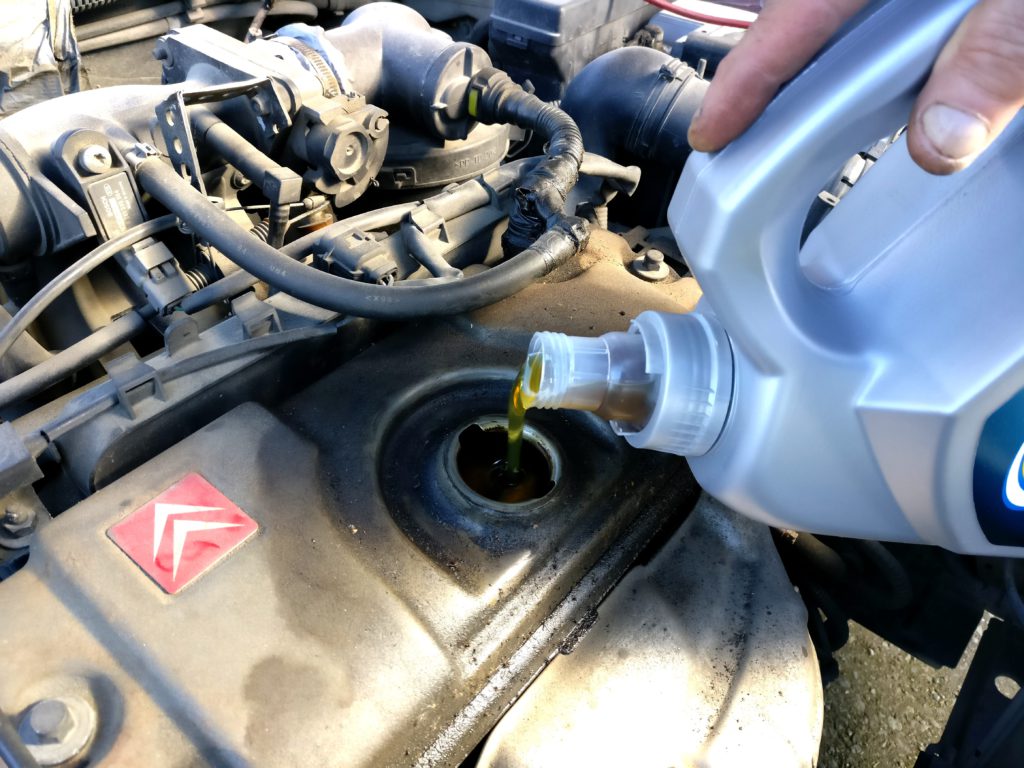
Synthetic oil recommendations abound despite Consumer Reports confirming many vehicles operate perfectly with conventional lubricants. This common upsell costs twice as much as conventional options while offering minimal benefit to standard engines, turning routine maintenance into an unnecessary premium expense.
Review your vehicle’s documentation before agreeing to upgrades. Most manufacturers specify conventional 5W30 for standard vehicles, not premium synthetics. While turbocharged or high-performance engines benefit from synthetic oil, most daily drivers don’t require it. Four oil changes with synthetic can cost $120 more annually than conventional options that serve most vehicles adequately.
18. The Brake Pad Scare: Safety Concerns and Proper Timing
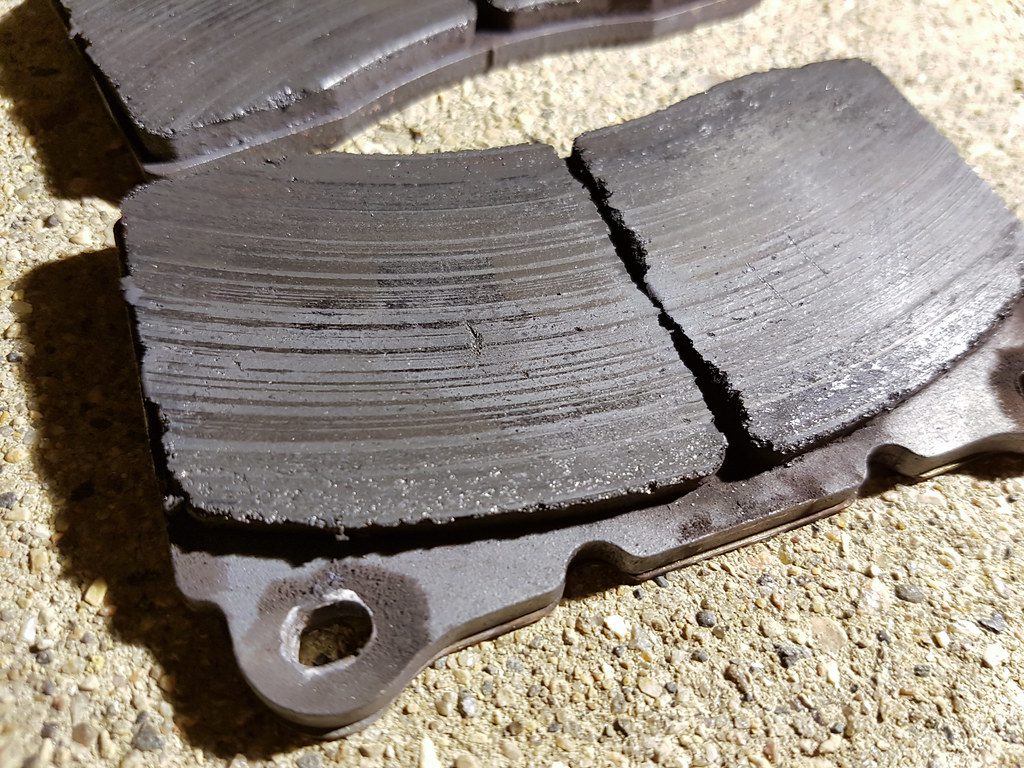
Safety issues prompt immediate attention from consumers, especially brake system concerns. Research indicates a majority of drivers remain uncertain about proper maintenance timing. The NHTSA recommends replacement at 3mm of remaining pad material, yet many shops suggest replacement at 5mm or higher—well before necessary.
Seek actual measurements when faced with brake replacement recommendations. Ask for caliper demonstrations of pad thickness and photograph the measurements. Those characteristic squeals serve as engineered wear indicators alerting you when replacement is truly needed. Postponing premature replacement saves $300-400 per axle while maintaining effective stopping power.
17. Fake Factory Only Parts: Understanding OEM vs. Aftermarket Options

The “OEM parts only” recommendation deserves scrutiny. Lots of aftermarket components perform well compared to factory parts, yet some shops aggressively promote OEM parts despite significant price differences and minimal explanation of tangible benefits.
Price disparities can be striking—a Honda oxygen sensor costs $250 with factory branding versus $75 for similar aftermarket versions. For post-warranty vehicles, quality aftermarket components offer excellent value. The Magnuson-Moss Warranty Act protects your right to use aftermarket parts without voiding warranties. When considering repairs, ask what specific advantages justify premium pricing, as the functional differences are often minimal for most standard applications.
16. Overcharging for Simple Fixes: Understanding Labor vs. Difficulty
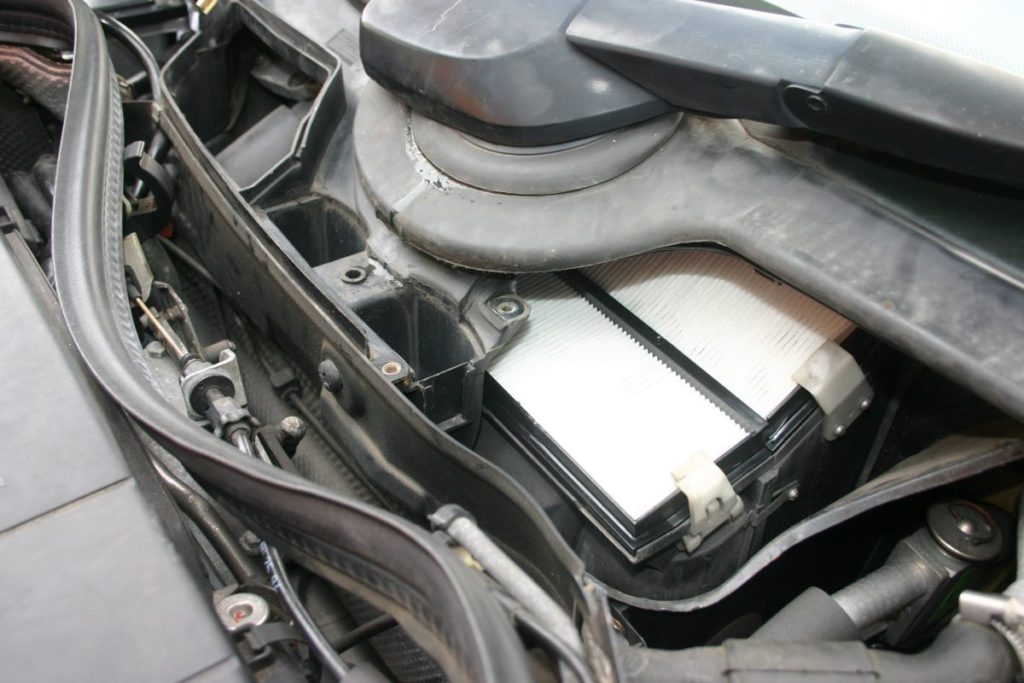
Many facilities apply substantial markups to straightforward maintenance tasks. The pricing disparity becomes evident with services like cabin filter replacements, where a $15 retail filter becomes a $150 service charge despite requiring minimal technical skill.
Develop DIY abilities through online tutorials for your specific vehicle. Basic tasks like filter changes and wiper replacements offer significant savings with minimal investment. Each cabin filter replacement saves over $100, while requiring just basic tools and minutes to complete. These skills provide both immediate financial benefits and practical knowledge for vehicle ownership.
15. The Phantom Repair: Services Billed But Not Performed
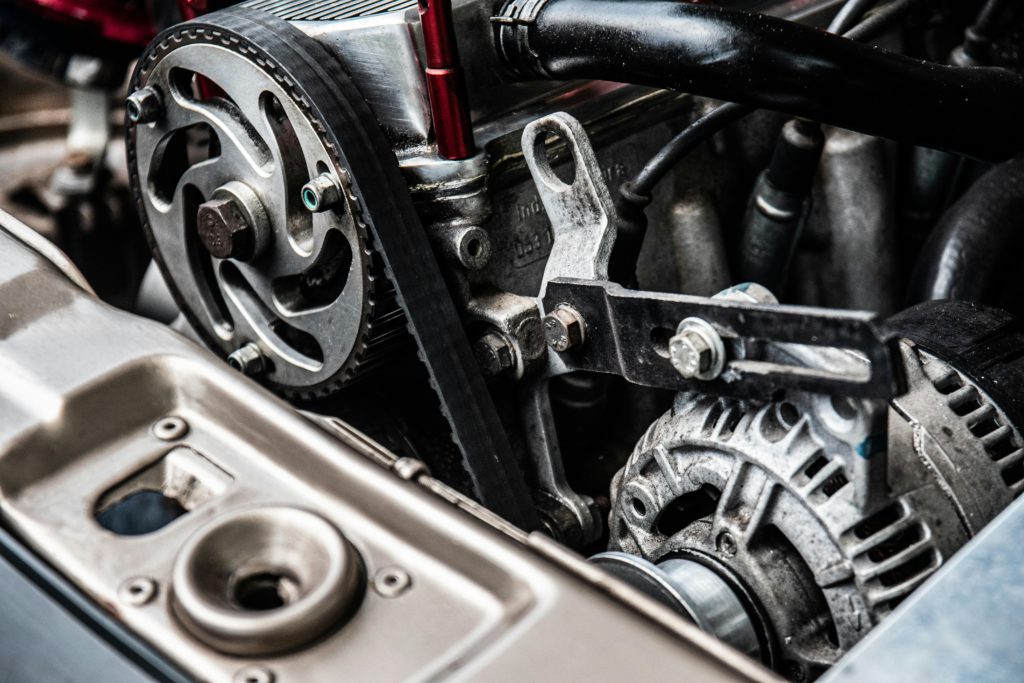
This concerning practice involves charging for work never completed. The FTC estimates $2 billion annually lost to auto repair fraud, with timing belt replacements frequently cited among “ghost services.” These deceptions typically target components hidden from easy inspection, exploiting limited consumer technical knowledge.
Request the removed parts from significant repairs as standard procedure. Reputable shops provide these components without hesitation. For complex work, ask for before-and-after photos documenting the actual repairs. Establish relationships with facilities having strong online reviews and community reputation. For major repairs exceeding $500, investing in a second opinion can provide valuable verification and potentially save hundreds in questionable charges.
14. Your Warranty is Voided Lie: Understanding Consumer Protection

The “independent repairs void warranties” claim perpetuates despite legal protection against it. The Magnuson-Moss Warranty Act guarantees your right to service at independent shops without automatically invalidating manufacturer warranties, ensuring consumer choice beyond dealership service departments.
Maintain detailed records of all maintenance with receipts and service documentation. When warranty concerns arise from independent service, reference the consumer protection act specifically. Using qualified independent facilities typically saves 20-50% compared to dealers—substantial savings throughout vehicle ownership.
13. Blinker Fluid and Other Fake Products: Recognizing Fictional Services

Some service facilities recommend products that don’t exist or that vehicles simply don’t require. “Blinker fluid” symbolizes these fictional items, though actual examples tend toward subtler deceptions. Unethical shops may push dramatically overpriced basic products like premium washer fluid at tenfold normal prices.
Study your vehicle’s components through the owner’s manual before service visits. When presented with unfamiliar products, request detailed explanations about their purpose and necessity. Research standard pricing for common items—regular washer fluid costs a few dollars per gallon, not the premium prices some shops charge.
12. The Shock Strut Upsell: Determining When Replacement Is Necessary
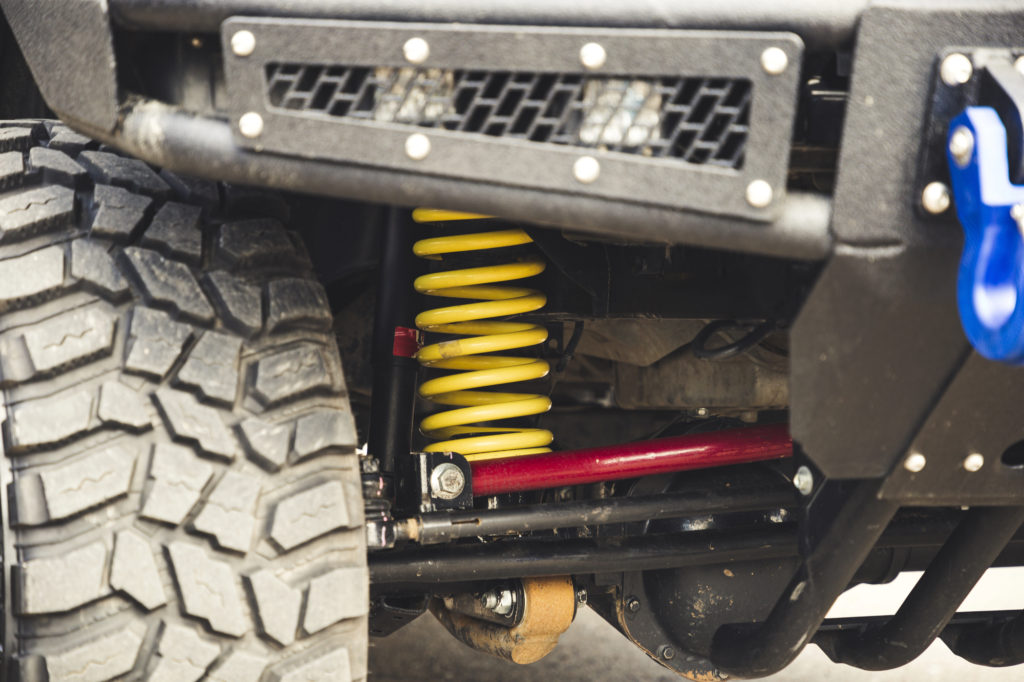
Quality suspension components typically last far beyond what some shops suggest. Most struts function properly beyond 50,000 miles, yet service facilities may recommend replacement around 60,000 miles regardless of actual condition. This substantial repair—approaching $1,000 for a complete set—often appears based solely on mileage rather than performance issues.
Conduct a basic assessment before authorization. Press down on each vehicle corner and observe the response—properly functioning suspension rebounds once or twice then quickly settles. Inspect for hydraulic fluid leakage indicating seal failure.
11. Inflated Labor Hours: When Time Becomes Elastic
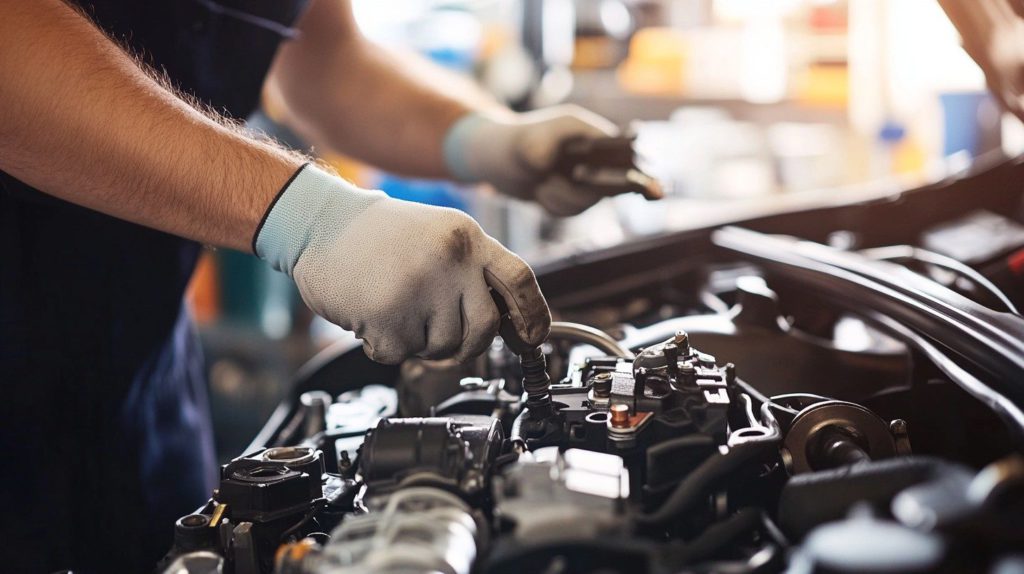
“Book time” billing represents a common source of consumer confusion. Repair facilities charge based on industry-standard labor times regardless of actual completion time. While legitimate in principle, this system can lead to paying for substantially more labor than actually performed on your specific vehicle.
Get detailed estimates with labor hours broken down by specific task. Research standard repair times through consumer resources to understand if that 2.5-hour brake job truly requires that long. Many states require shops to secure approval before exceeding estimates by a specified percentage. Comparing estimates from multiple facilities helps identify excessive charges. This knowledge empowers you to question labor costs intelligently, potentially saving significant money on repair expenses.
10. The Free Inspection Trap: The Hidden Cost of “Free”
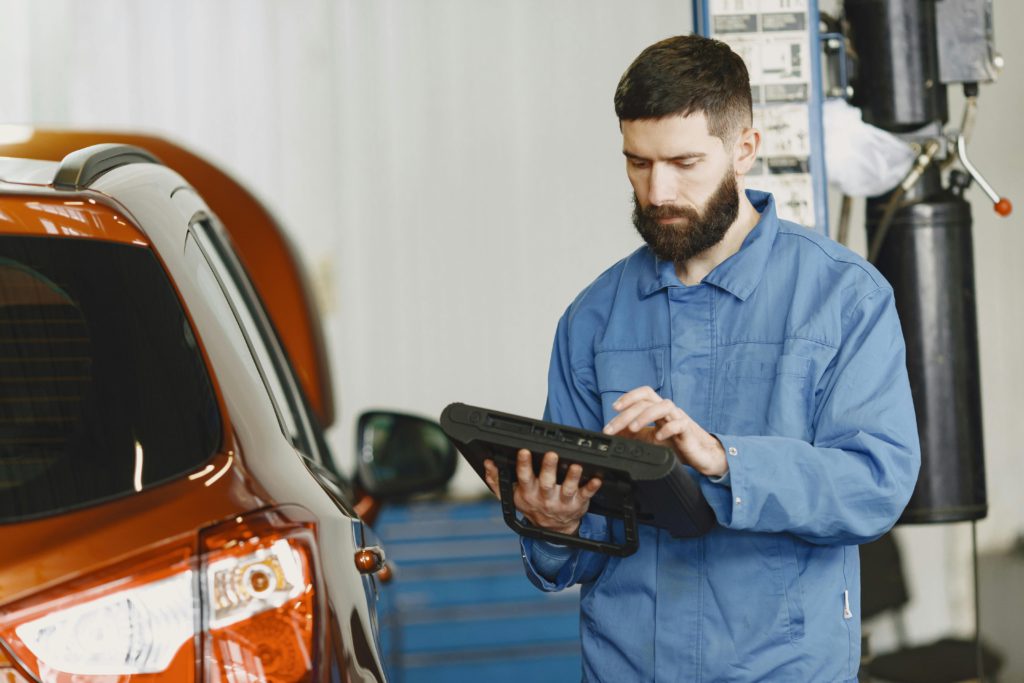
Complimentary inspections often serve as gateways to additional sales opportunities. Industry reports indicate a significant percentage of these evaluations lead to recommendations for repairs that may not be immediately necessary, transforming minor issues into urgent problems requiring immediate attention and inflated bills.
Approach these inspections strategically. Clarify upfront that you’re gathering information only, not authorizing immediate work. Demand written inspection results and consider second opinions for recommendations exceeding $200. Using these inspections as research opportunities helps you make informed decisions. This transforms potential sales pressure into a valuable information-gathering exercise. Free inspections can benefit consumers when approached with appropriate caution and clear boundaries about authorization.
9. Winterizing Your Car: Seasonal Services Reconsidered
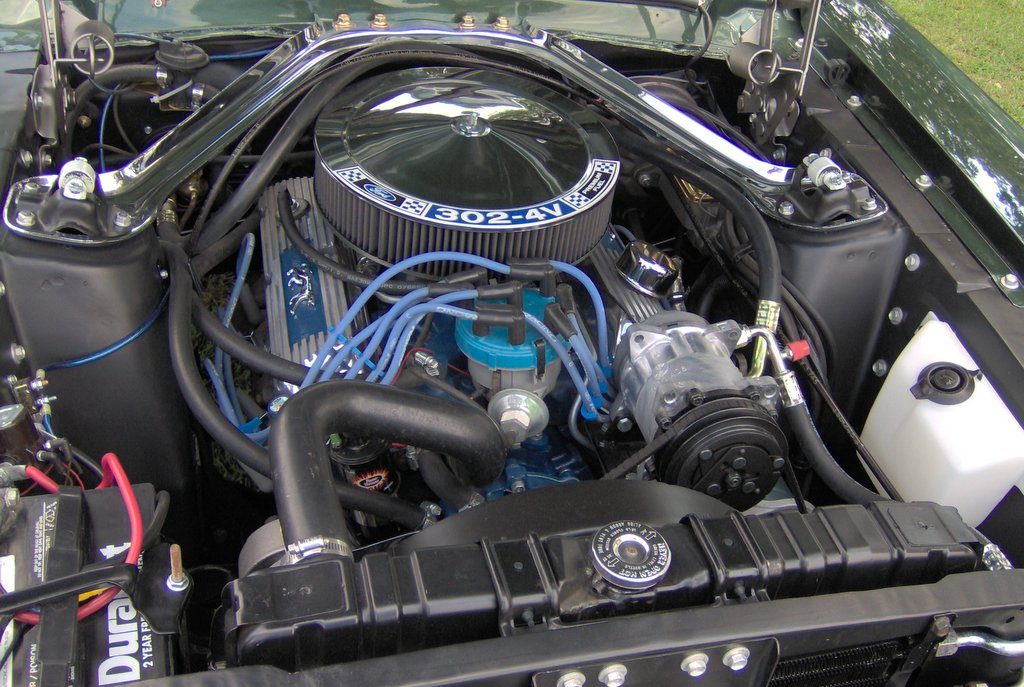
Winterizing packages have evolved significantly from their historical necessity. While older carbureted vehicles required specialized seasonal preparation, modern vehicles need minimal seasonal adjustment thanks to engineering advancements that create consistent performance across temperature ranges.
Focus on genuine winter essentials: proper tire pressure and tread, functioning wiper blades, and correctly concentrated antifreeze. Skip packages with unnecessary fluid flushes and specialized treatments that contemporary vehicles don’t require. This targeted approach saves $100-200 while maintaining safe winter driving capability.
8. The Good Old Tune-Up: A Service That’s Evolved With Technology
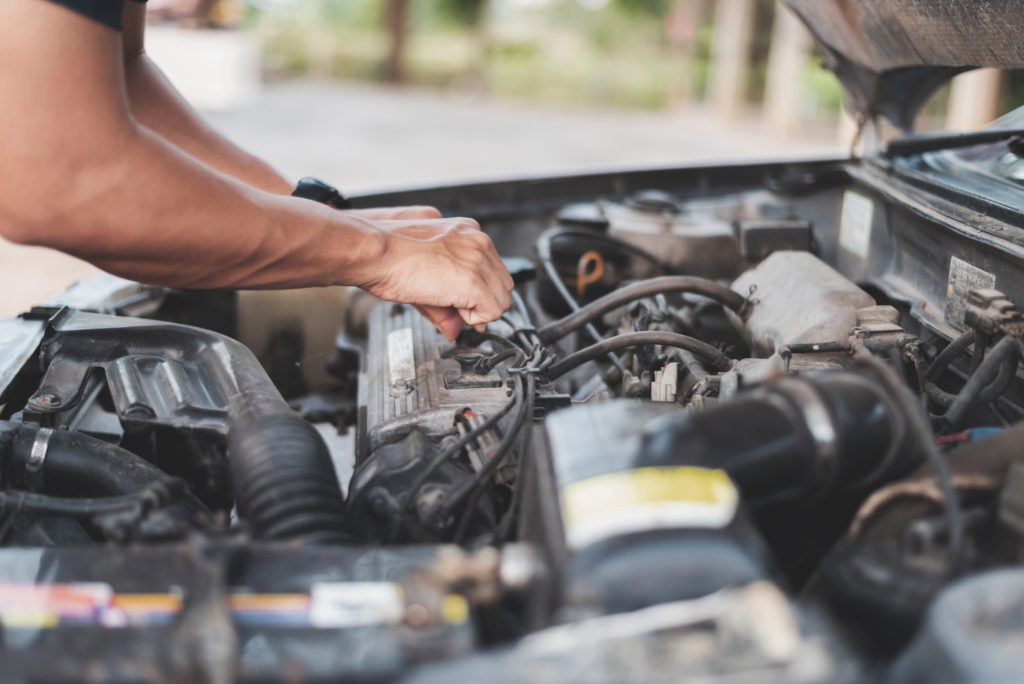
The “tune-up” concept persists despite dramatic changes in vehicle technology. This maintenance once involved adjusting carburetors and ignition timing—tasks that modern computerized engines simply don’t require. Many shops maintain this terminology because it remains familiar to consumers who remember when engines needed regular adjustments.
Today’s vehicles employ sophisticated sensors and computers that continuously monitor and adjust performance parameters with precision. For vehicles manufactured this millennium, the primary legitimate remnant is spark plug replacement, typically needed only after 100,000 miles. When evaluating tune-up recommendations, check for specifics about proposed services rather than accepting vague terminology. This focused approach saves $200-500 while avoiding outdated services that sophisticated engine management systems don’t need.
7. Lifetime Fluids: Understanding the Fine Print

The “lifetime fluid” designation requires careful interpretation. This marketing terminology suggests extraordinary durability, but manufacturers define “lifetime” in ways that rarely align with consumer expectations. Often, “lifetime” corresponds to warranty periods rather than the vehicle’s entire operational lifespan.
All automotive fluids degrade through heat cycles and contamination. Transmission fluid typically needs service around 60,000-100,000 miles depending on driving conditions, regardless of “lifetime” labeling. For vehicles kept beyond warranty periods, research proper maintenance intervals from independent sources.
6. Lifetime Warranty: Reading Beyond the Headline

The “lifetime warranty” on parts requires careful consideration of the complete terms and conditions. These warranties can create an impression of exceptional value, but often cover only the component itself—not the labor required to replace it when it fails. This distinction is crucial for understanding the true cost of ownership over time.
Do a thorough calculation before choosing lifetime-warrantied parts. A $20 part with “lifetime coverage” requiring $80 labor for each installation can actually cost more in the long run if it fails repeatedly. After two failures over five years, you’ll have paid $180 total ($20 initial + $80 labor + $80 labor). Meanwhile, a quality $60 part with standard warranty that lasts the full five years costs just $140 total ($60 + $80 labor). This practical analysis reveals that selecting quality parts that don’t require frequent replacement often provides better overall value than repeatedly exercising a lifetime warranty. Before making your decision, ask specifically what the warranty covers, for how long, and—most importantly—what it doesn’t cover.
5. Let’s Flush the Wallet: Evaluating Fluid Service Recommendations

Fluid services generate substantial profit margins but require careful evaluation. Some facilities recommend these procedures more frequently than manufacturer guidelines, potentially inflating maintenance costs unnecessarily. Shops may present these services as routine despite their absence from official maintenance schedules.
Consult your owner’s manual before approving fluid services. When shops insist these procedures represent “critical maintenance,” request that they identify the specific manufacturer documentation supporting their recommendation. By following vehicle-specific guidelines rather than generalized service recommendations, you ensure appropriate maintenance without unnecessary expenses.
4. Your Car Needs an Alignment: When Precision Actually Matters
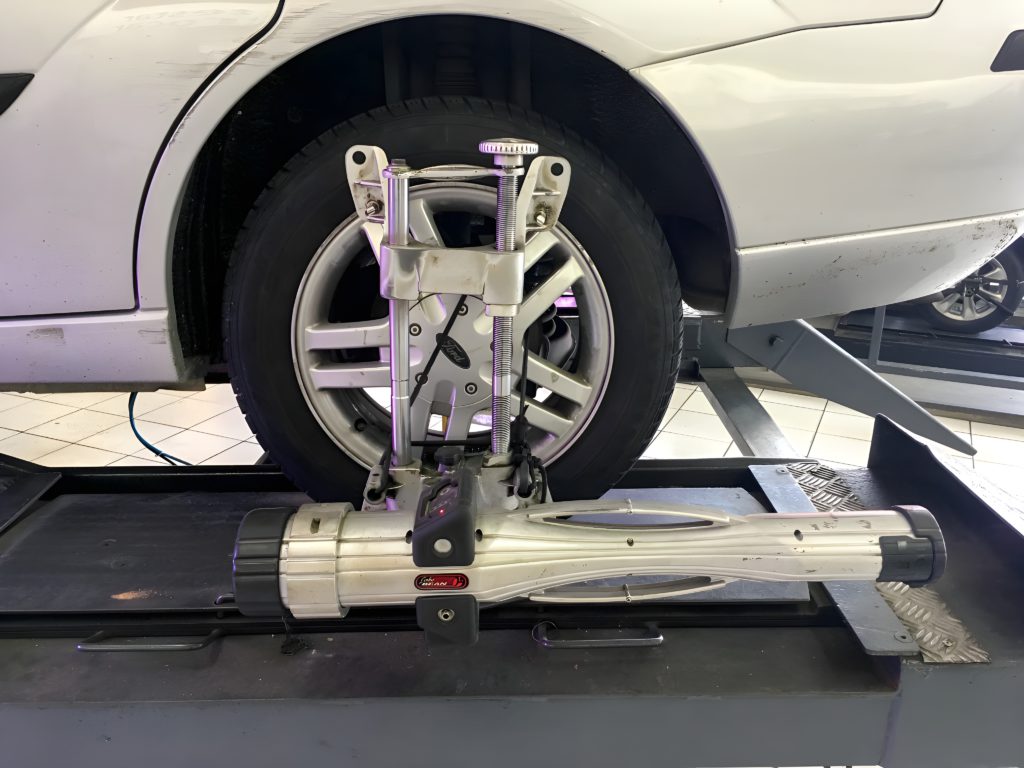
Alignment recommendations deserve scrutiny despite their technical appearance. Industry observations suggest many suggested alignments occur without symptoms indicating actual need. This service typically follows tire replacements or other work, occasionally serving to help recover costs of expensive alignment equipment.
Request evidence before approving alignment services. Ask for printouts showing current measurements compared to factory specifications. Actual alignment needs typically present through observable symptoms: your vehicle pulls to one side, the steering wheel sits crooked during straight driving, or tires show uneven wear patterns.
3. AC Recharge: Understanding System Design and Proper Repair
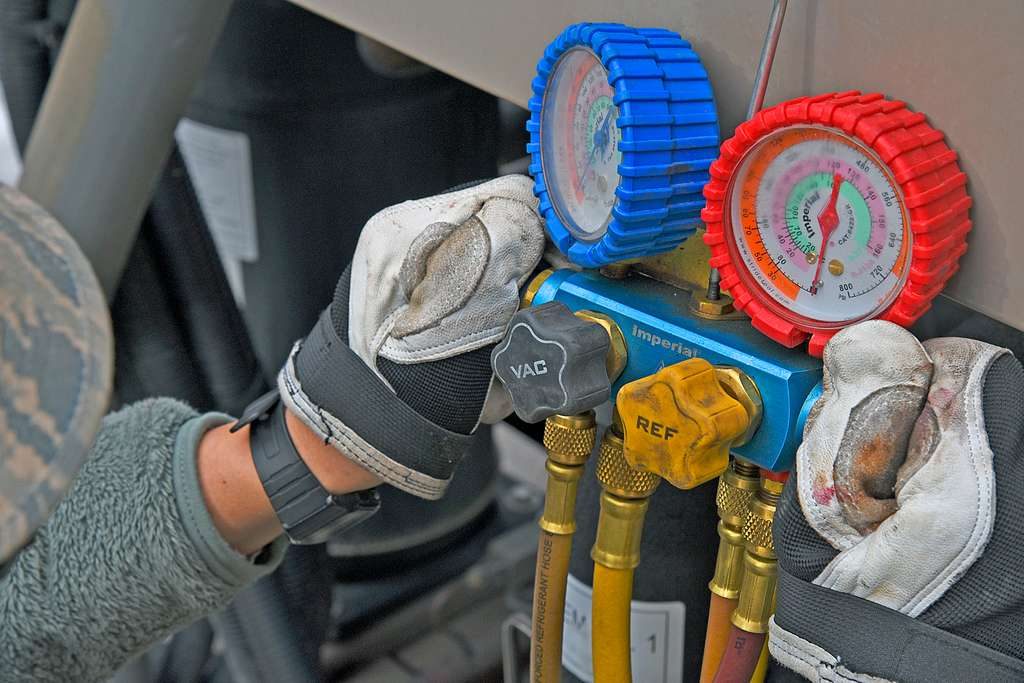
Air conditioning service fundamentally differs from routine maintenance. A properly designed AC system operates as a sealed unit that shouldn’t require regular refrigerant additions. When previously effective cooling diminishes, it indicates refrigerant has escaped through a leak—not normal consumption like engine oil.
Recognize that recharges without addressing underlying leaks provide only temporary relief. Insist on proper diagnosis using UV dye and detection equipment before proceeding. The initial “quick fix” might seem economical, but properly repairing the leak (typically $200-400) eliminates the need for repeat service visits.
2. Used/Counterfeit Parts Sold as New: A Matter of Safety and Ethics
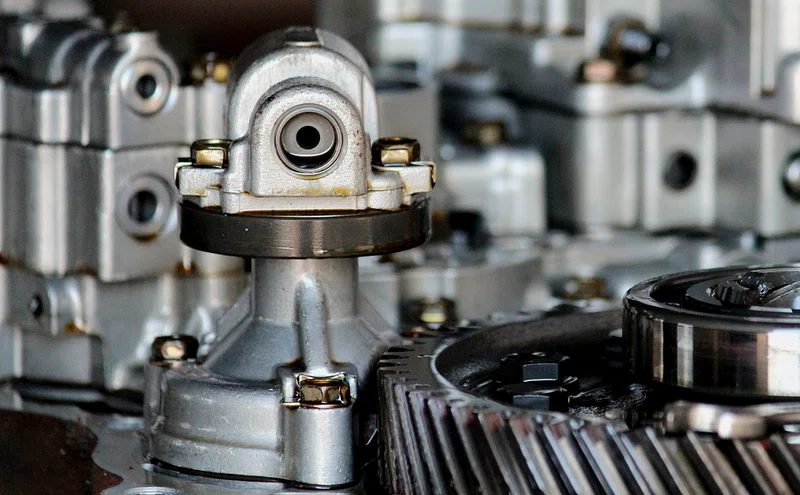
Misrepresenting part quality constitutes one of the most serious repair deceptions. Installing used or counterfeit components while charging premium prices potentially compromises vehicle safety while defrauding consumers. This problem particularly concerns critical systems where component failure could have serious consequences.
Ask to see new parts still in packaging before installation begins. Research identifying features of legitimate components for important repairs. For safety-critical systems like brakes and steering, consider shops with established reputations even if their rates exceed budget alternatives. The price difference between genuine and counterfeit parts becomes insignificant when considering potential safety implications.
1. Unauthorized Repairs/Work Done Without Consent: Know Your Rights
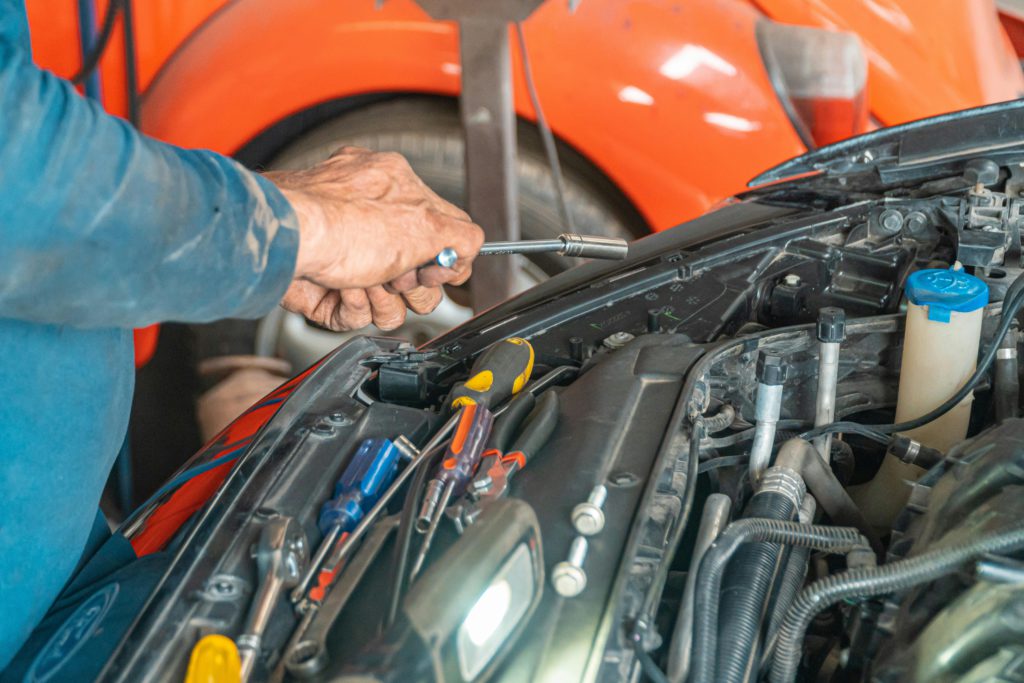
Surprise service charges create significant consumer frustration. Some facilities perform additional work without obtaining proper authorization, then present invoices with unexpected items. These extra services often appear under vague descriptions with substantial price tags attached, leaving customers feeling pressured to pay for work they never approved.
Protect yourself through clear communication and documentation. Require written estimates before any work begins, and explicitly state that the shop must contact you before performing any additional repairs. Many states enforce consumer protection laws requiring consent before exceeding estimates by specified percentages. When confronted with unauthorized charges, dispute them immediately and reference your initial agreement.


